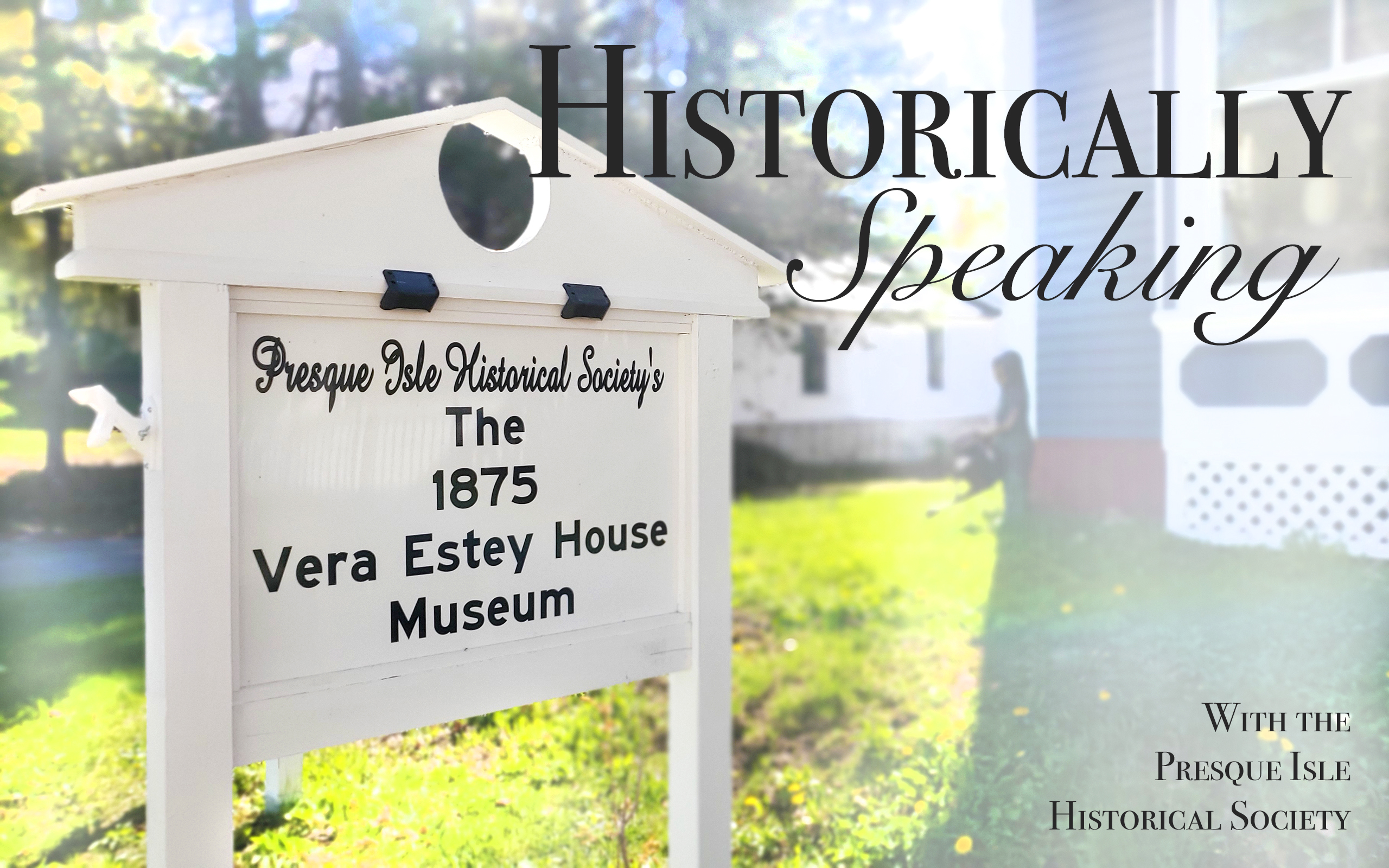Often in life, we take for granted what we see in front of us every day. Here in Presque Isle, we are very fortunate to have an airport with a major airline carrier providing service. There are municipalities far larger than us around the country that cannot make that same claim.
Our airport dates back to the 1930s followed by a distinguished role in the defense of our nation during the 1940s through early 1960s. Following service to the nation as an Army Air Field and Air Force Base, our airport returned to municipal use in the 1960s. In fact, the first regularly scheduled jet service by Northeast Airlines Yellowbird began in Presque Isle in January of 1968.
Presque Isle and our area is not without individuals who played important roles in local, state and national history either. One such individual is a Mars Hill native by the name of Norman Hanson. After his military service, Norman was one of the first civilian air traffic controllers at Presque Isle employed by Northeast Airlines.
Norman Wesley Hanson was born on July 23, 1924 in Mars Hill, Maine, the son of Fred Chester Hanson and Pansy D. Shaw. On Aug. 25, 1945, he married Mary Bishop in Fort Fairfield, Maine. Together, they had three children.
During WWII, Hanson was assigned to the 751st Bombardment Squadron of the 457th Bombardment Group. The Group was activated on July 1, 1943 and flew B—17Gs (the “Flying Fortress”).
Hanson was a 2nd Lieutenant and the co-pilot for “Miss Cue”. Miss Cue flew 37 missions. On Nov. 30, 1944, the mission was to take out the oil refinery at Bohlen, Germany. Because of the smoke and haze, the aircraft flying that mission had to make two attempts to drop their bombs. Two planes were shot out of formation and landed in France, another in Belgium. In addition, two planes went down that day. Miss Cue was one of those planes. The crew had to bail out of the aircraft and landed behind enemy lines in Germany. One of the crew members perished when his parachute failed to open. The remaining eight crew members including Hanson were caught by German soldiers and civilians.
Hanson and his crew spent the remainder of the war in Stalag Luft 1, a German prisoner-of-war camp near Barth, Western Pomerania, Germany for captured Allied airmen. Men from the US, Britain and Canada were imprisoned there, a total of about 9,000 men of which 7,588 were American. The camp was ultimately liberated on April 30, 1945.
The barracks were rough, wood frame structures on small foundation posts 8–10 inches off the ground to allow guard dogs to search under the buildings for tunnels. Sometimes the German guards would even crawl underneath to listen to the prisoners’ conversations. Despite the dogs and guards crawling under the barracks, a total of 140 tunnels were dug at the camp. The prisoners also had a hidden camera used to take photos and make fake passes; and a hidden radio.
Some of the interesting prisoners at Stalag Luft 1 along with Hanson included Roberta Cowell, RAF fighter pilot, and later the first British person to undergo sex reassignment surgery; Donald Pleasance, the actor; Brad “Buster” Slaven, a child actor and later a pilot for Western Airlines; and Don Widmark, brother of Hollywood actor Richard Widmark.
For his acts of heroism and achievement as well as flying over 25 missions during which he was exposed to enemy fire, 2nd Lt. Hanson was awarded the Air Medal. The Air Medal is a military decoration of the United States Armed Forces. It was created on May 11, 1942 by Executive Order 9158 as signed by President Franklin Roosevelt.
Norman passed away on March 20, 2000 in Lexington, Kentucky. His Air Medal and story will soon be on display in the Presque Isle Air Museum located in the south end of Presque Isle International Airport’s passenger terminal.
Kimberly R. Smith is the secretary/treasurer of the Presque Isle Historical Society.








